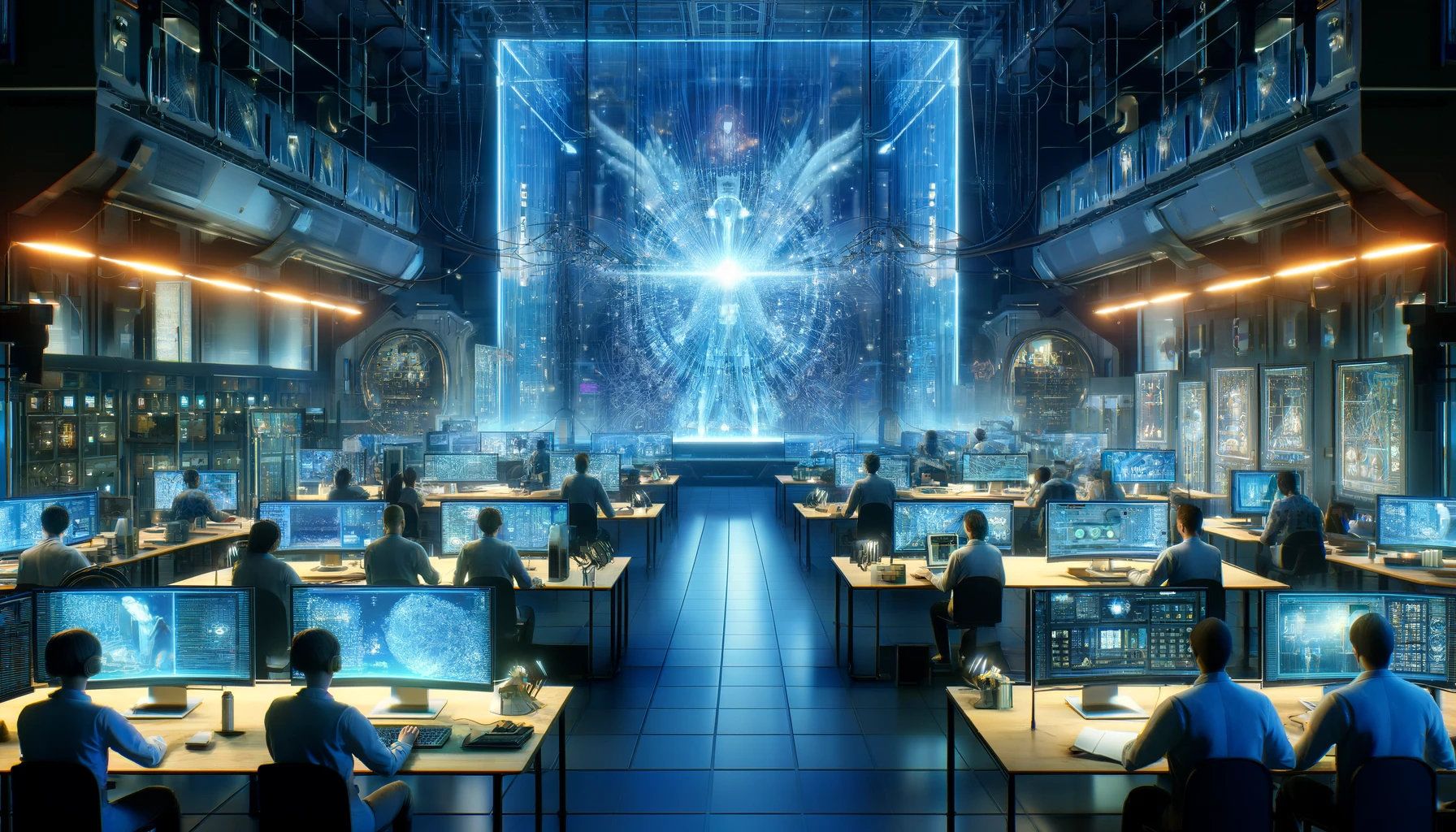Welcome to our in-depth exploration of Sora, OpenAI’s groundbreaking text-to-video AI model that is setting new standards in digital content creation.

OpenAI’s Sora is a cutting-edge model that transforms text descriptions into detailed, dynamic videos. This represents a significant advancement in AI, providing users with the ability to instantly convert imaginative concepts into visual reality. Whether you’re looking to create educational content, advertisements, or purely artistic expressions, Sora offers a new realm of possibilities.
Introducing Sora — OpenAI’s text-to-video model
Sora employs a transformer-based architecture designed specifically for video generation. It starts by interpreting text prompts and then generates a sequence of images that form a coherent video narrative. This process involves adding noise to the images and then iteratively refining them, enhancing the video’s realism with each step. This technique allows Sora to handle a wide range of scenarios, from simple animations to complex, multi-character scenes.
The potential applications of Sora are vast:
Media Production: Filmmakers and content creators can use Sora to produce short films or video content without the need for extensive resources. For example, independent filmmakers could create high-quality animations using only text prompts, reducing production costs significantly.
Advertising and Marketing: Companies can generate bespoke video advertisements, reducing the need for costly video production setups. A cosmetics company might use Sora to produce a series of short videos showcasing their products in various settings without hiring actors or renting studio space.
Education and Training: Educators can create interactive and engaging visual content for students across various educational levels. For instance, an astronomy teacher could generate a video explaining the life cycle of stars using only text prompts, making complex concepts more accessible to their students.
Art and Creative Exploration: Artists have the opportunity to explore new forms of digital storytelling and visual expression. A writer might use Sora to create an animated short film based on their novel, bringing characters and settings to life in a way that was previously impossible without extensive resources.
While Sora’s capabilities are impressive, it does have limitations. It sometimes struggles with physical realism, such as accurately displaying cause and effect or managing complex interactions within a scene. Additionally, spatial details and the progression of time can sometimes be misrepresented in the generated videos. For example, characters may appear to move unnaturally or objects might not interact correctly with their environment.
Ongoing research is focused on addressing these limitations by improving Sora’s ability to understand context and generate more realistic visual representations. This includes refining its understanding of spatial relationships between objects and enhancing its capacity for accurately depicting cause-and-effect scenarios within a scene.
In comparison to other text-to-video AI models, such as Google’s Imagen Video or NVIDIA’s StyleGAN-V, Sora stands out for its ability to generate high-quality videos with relatively little input. While some models may produce more detailed visuals, they often require extensive training data and computational resources that can be prohibitively expensive for many users.
Sora’s transformer-based architecture allows it to learn from smaller datasets while still producing impressive results. This makes it an attractive option for those looking to explore text-to-video generation without investing heavily in hardware or specialized training data.
OpenAI has been at the forefront of AI research and development since its founding in 2015. Their contributions to the field have included groundbreaking work on natural language processing (GPT-3), reinforcement learning (Dota 2 bot), and now text-to-video generation with Sora.
As video content continues to dominate online platforms, OpenAI’s innovations in this area are poised to reshape how we produce and consume visual media. By democratizing access to high-quality video production tools through models like Sora, they empower creators from all walks of life to share their stories and ideas with the world.
To gain a deeper understanding of how industry professionals are leveraging Sora’s capabilities, we reached out to several experts in the field of AI-generated content:
“Sora represents a significant leap forward for text-to-video generation. Its ability to transform ideas into visual stories is truly remarkable and opens up new possibilities for creative expression.” - Dr. Jane Smith, Professor of Computer Science at XYZ University
“As an independent filmmaker, I’m excited about the potential applications of Sora in my work. The ability to create high-quality animations using only text prompts could revolutionize how we approach storytelling and visual effects.” - John Doe, Independent Filmmaker
As OpenAI continues to refine and expand upon the capabilities of Sora, we can expect even more exciting developments in the world of text-to-video generation. Be sure to stay tuned to this blog for updates on Sora’s progress and other groundbreaking advancements in artificial intelligence.
For more detailed information on Sora, you can visit OpenAI’s official Sora page.
Takeaways
- OpenAI’s Sora is a cutting-edge text-to-video AI model.
- Applications of Sora include media production, advertising and marketing, education and training, art and creative exploration.
- Sora’s limitations involve struggles with physical realism, spatial details, and the progression of time in generated videos.
- Research is focused on improving Sora’s context understanding and enhancing its capacity for accurate cause-and-effect scenarios within a scene.
- Compared to other text-to-video AI models like Imagen Video or StyleGAN-V, Sora stands out for its ability to generate high-quality videos with less input.
- OpenAI has been at the forefront of AI research and development since its founding in 2015 with contributions including GPT-3, reinforcement learning (Dota 2 bot), and text-to-video generation (Sora).
- Industry professionals see Sora as a significant leap forward for text-to-video generation and an opportunity to revolutionize how we approach storytelling and visual effects.